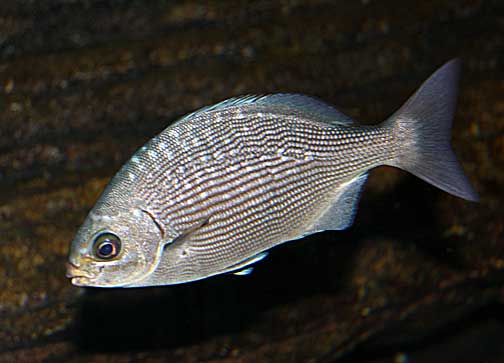

Even uku to some degree, but possibly less because uku feed at mid depths when they get bigger.

Poke is traditionally made with ahi tuna or octopus. Poke is rooted in the days when native Hawaiian fishermen would slice up smaller reef fish and serve them raw, seasoned with whatever was on handusually condiments such as sea salt, candlenuts, seaweed and limu, a kind of brown algae. Traditionally, big papio, ulua, kahala, kaku, wahanui and kole have been likely ciguatera suspects before roi were introduced to Hawaii. Poke was originally made with small Hawaiian reef fish.

All the roi tested positive for ciguatera, with 25% of the West Hawaii ones and 8% of the Oahu ones at levels unsafe to consume. In yet another survey, published by the Hawaii Dept of Aquatic Resources, divers speared roi in West Hawaii (Big Island) and Oahu, and autopsied them to determine ciguatera level.
HAWAIIAN REEF FISH TOAU FULL
However, the web is full of references of how “hot” wahanui is. Interestingly, uku (#7) is higher up in the list than wahanui (#9), yet you no longer hear of uku being “hot”. In another publication, the Hawaii Seafood Council refers to a study conducted between 19, listing the top 10 fish species involved in ciquatera poisoning. What’s not clear is the percentage of each species group consumed that didn’t cause a reaction. Surgeonfish (kole, palani, kala) is next, grouper (roi, hapuupuu), and snapper (wahanui, taape, uku, toau) follow. “Jack Fish” caused the highest number of poisonings, and is comprised of papio, ulua and kahala. This one, by the Hawaii State Dept of Health, grouped species in fairly broad categories, indicating how many of the 736 implicated fish were of a broad species. Ahi and mahi mahi are thick cuts and chunks. Since most predator fish, like papio/ulua, kaku, etc, travel anyway, it’s not wise to think fish from one particular area is “safe”.Ī few scientific studies have been conducted in the past decades. A key difference between Hawaii’s reef fish and their more glamorous game fish cousins is that eating them is personal. It is believed that the ciguatoxin levels on the reef fluctuate seasonally, and thus, the species that have a reputation to be “hot” may or may not have dangerously high levels depending on whether a bloom is going on. One fish with very high levels of ciquatera, or a slightly tainted fish that pushes the human consumer over the edge, can bring on a very bad experience.

Human consumers of tainted fish gradually accumulate enough of the toxin to the point it affects them. Some fish that directly eat the plankton, kole and palani for example, build up dangerous levels of the toxin, and all reef predators that eat the fish that eat the plankton accumulate the toxin. The learn more about this White Coral Disease, visit hawaii-reef.Ciguatera poisoning is caused by ciquatoxin, produced by reef plankton. We are currently very concerned with the outbreaks and rapid spread of a bacterial infection killing Kauai's rice corals at an alarming rate. The proceeds from the sale of this video will go back into my coral reef research project to help keep the reefs and marine life in Hawaii healthy for future generations to enjoy.
HAWAIIAN REEF FISH TOAU MOVIE
The movie captures each fish in its natural surroundings, day and night and will also teach you each of their Hawaiian names and what the names mean. Over 2,000 hours of editing video to bring you each fish in stunning detail, better than one could normally see while snorkeling or diving! The name of the new DVD is The Worlds Guide to Hawaiian Reef Fish. It has over 100 of the most common fish species shot in beautiful High Definition.
HAWAIIAN REEF FISH TOAU PROFESSIONAL
Seven years ago I decided to video every reef creature I could find in Hawaii with my underwater HD video cam, and make a professional movie so when the tourist asked me to help them identify a fish I could just hand them a DVD to watch.Īfter doing over 1,000 scuba dives on five different Hawaiian islands my movie is finished and ready for sale. When I dive and snorkel at these spots I often hear the tourists ask when they get out of the water "what was that beautiful fish we just saw?"Īs a marine biologist and surfer I am in the water almost every day studying our reefs and marine life. People snorkel and dive by the thousands at Hanauma Bay on Oahu, along the Kona Coast of the big island all the way to Tunnels Reef in Kauai. BY TERRY LILLEY- Thousands of tourist flock to Hawaii every year to enjoy our warm water, beautiful reefs and our unique marine life from sea turtles (honu) to our beautiful butterfly fish (kikakapu).


 0 kommentar(er)
0 kommentar(er)
